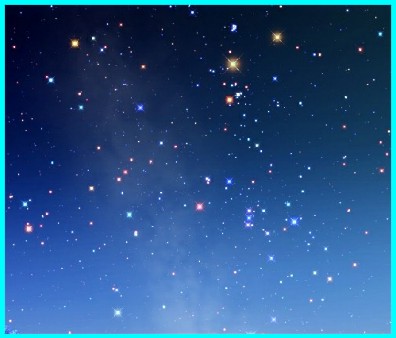
By Marcus Leroux
The Times
10-6-06
Sighting raises chance of an astronomer’s dream coming true
SCIENTISTS have discovered 16 possible new planets deep in the Milky Way, which they say increases the chances of there being life elsewhere in the galaxy.The Times
10-6-06
Sighting raises chance of an astronomer’s dream coming true
Astronomers using the Hubble Space Telescope believe that the discovery could constitute a new class of planets, because they hug their parent stars so closely that they complete their orbits in as little as ten hours. Stars are differentiated from planets by the nuclear reactions that take place in their core.
These “ultra-short period planets” orbit their stars more quickly than any previously known planets. The previous shortest known orbit was between 1.2 and 2.5 days.
More than 200 planets have been discovered outside our own solar system, but the new bodies identified by Hubble are 26,000 light years away, at least ten times as far from Earth as those previously discovered. This has led the scientists to conclude that there are billions of planets in our galaxy, the Milky Way.
“We all are dreamers, and part of that dream is to find life somewhere,” said Mario Liveo, head of the space programme at the Space Telescope Science Institute, Baltimore, which oversees Hubble operations. “We’re finding that the galaxy is full of planets, and the chances are, somewhere out there, we will find one with the conditions necessary to be habitable.”
All but two of the 16 planets are being considered “candidate planets”, because they are so far away it is difficult conclusively to identify them as planets. But astronomers from Sagittarius Window Eclipsing Extrasolar Planet Search (Sweeps) think most, if not all, of the candidates stand a good chance of becoming fully fledged planets eventually. The 16 planets are unnamed, because scientists have not yet even named the stars they orbit.
The hunt for extrasolar planets — those from outside our solar system — is far from straightforward. They are so distant they cannot be seen even with the strongest telescopes. Astronomers spot them because, during their orbit, they briefly block light from distant stars — an event known as a transit.
A planet must be about the size of Jupiter to block enough light to be detected by Hubble. Sweeps estimate that there are as many as six billion Jupiter-sized stars in the galaxy.
The discovery of the new “ultra-short period planets” suggests that stars smaller than the Sun can pull planets closer without burning them up, according to the findings, which were published in the science journal Nature yesterday.
WHAT’S IN A NAME?
- The International Astronomical Union’s Committee for Small Body Nomenclature designates and names minor planets
- They are assigned provisional designations in the form “2001 KX76” (the first part is a year; the second defines a sequential order of discovery within that year)
- If enough sightings are made of the same minor planet to calculate an orbit, it is assigned a number, its “designation”. It can then be cited as, eg, (28978) 2001 KX76
- After the designation is assigned, the discoverer can propose a name. For example, (28978) 2001 KX76 was called Ixion and is now known as (28978) Ixion
- The name becomes official after its publication in the Minor Planet Circular, with a brief citation explaining its significance. This may be a few years after the initial sighting
- Names must be 16 characters or fewer, pronounceable and preferably one word (such as Annefrank (5535 Annefrank), although there are exceptions (such as James Bond (9007 James Bond)
See Also: New Alien Planet Found

No comments :
Post a Comment
Dear Contributor,
Your comments are greatly appreciated, and coveted; however, blatant mis-use of this site's bandwidth will not be tolerated (e.g., SPAM etc).
Additionally, healthy debate is invited; however, ad hominem and or vitriolic attacks will not be published, nor will "anonymous" criticisms. Please keep your arguments "to the issues" and present them with civility and proper decorum. -FW